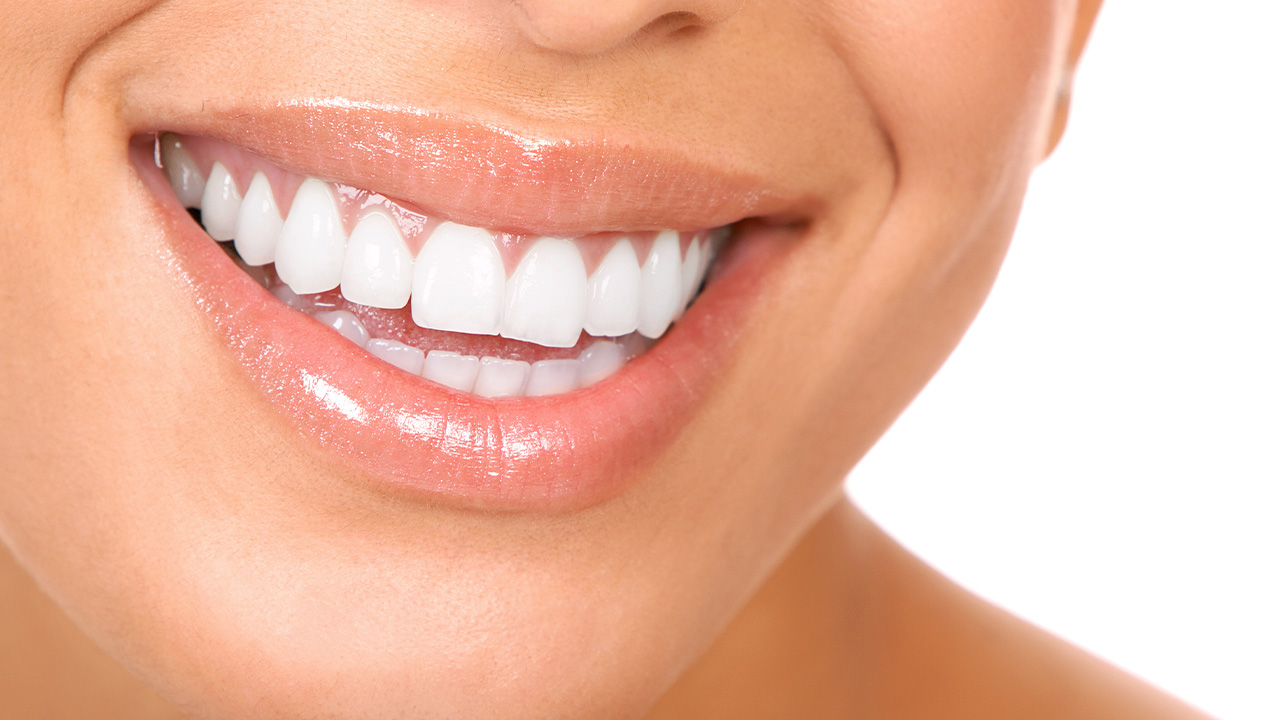If you struggle with sleep apnea, you already know how frustrating it can be to feel exhausted even after a full night in bed. While treatments like CPAP machines and oral appliances are often necessary, there’s one supportive option you might not have considered: exercise!
Recent research, including a 2024 study from Kunshan Hospital of Traditional Chinese Medicine, shows that regular physical activity can help reduce the severity of sleep apnea symptoms. But how does that work, and how much exercise does it take to see a difference? Keep reading to learn everything you need to know.
How Exercise Helps with Sleep Apnea Symptoms
Multiple studies have found that, even if you don’t lose a single pound, exercising consistently can reduce sleep apnea symptoms. Here’s how:
- Stronger Respiratory Muscles: Cardio and strength training improve lung and diaphragm function, making breathing more efficient, even during sleep.
- Less Fluid Retention: Movement helps reduce fluid buildup in the neck that can obstruct the airway at night.
- Improved Sleep Quality: Exercise promotes deeper, more restful sleep, reducing apneic episodes.
As you exercise to improve the function of your lungs and heart, you may also naturally begin to lose weight. Obesity is another major risk factor for sleep apnea, so exercise helps address this root cause over time!
What Kinds of Exercises Are Best for Sleep Apnea Sufferers?
The good news is, you don’t need to become a marathon runner to see the fruit of your labors. Just 30 minutes of moderate activity most days of the week can help. Here are some fantastic, low-effort exercises that can help you relieve sleep apnea symptoms:
- Brisk walking
- Swimming or water aerobics
- Gentle strength training
- Yoga or stretching (especially before bed)
The goal is consistency, not intensity. A slow and steady approach is just fine! In fact, most personal trainers will tell you that this is the best way to create a routine that’s more likely to stick.
Make it a Routine to Dispel Sleep Apnea Symptoms
Exercising during the day can help regulate your internal clock, reduce nighttime restlessness, and make it easier to fall (and stay) asleep. Just avoid intense workouts right before bed, which may have the opposite effect.
Pairing your treatment plan with physical activity gives you the best chance for relief. If you’re unsure where to start, ask your doctor, then see a professional exercise coach of some kind for guidance tailored to your needs. Taking care of your health now will lead to long-term success in many areas of your life, so do it for your future!
About the Author
Dr. Jonathan Held is a dedicated sleep dentist serving Prescott Valley, Sedona, and Flagstaff. As someone who has personally experienced obstructive sleep apnea, he understands how life-changing proper treatment can be. A graduate of the Creighton University School of Dentistry, Dr. Held has completed over 800 hours of continuing education in sleep medicine and is proud to help patients improve their health through better sleep. Call (928) 404-0332 to schedule a consultation at Sleep Better Southwest or visit our website to learn more.

